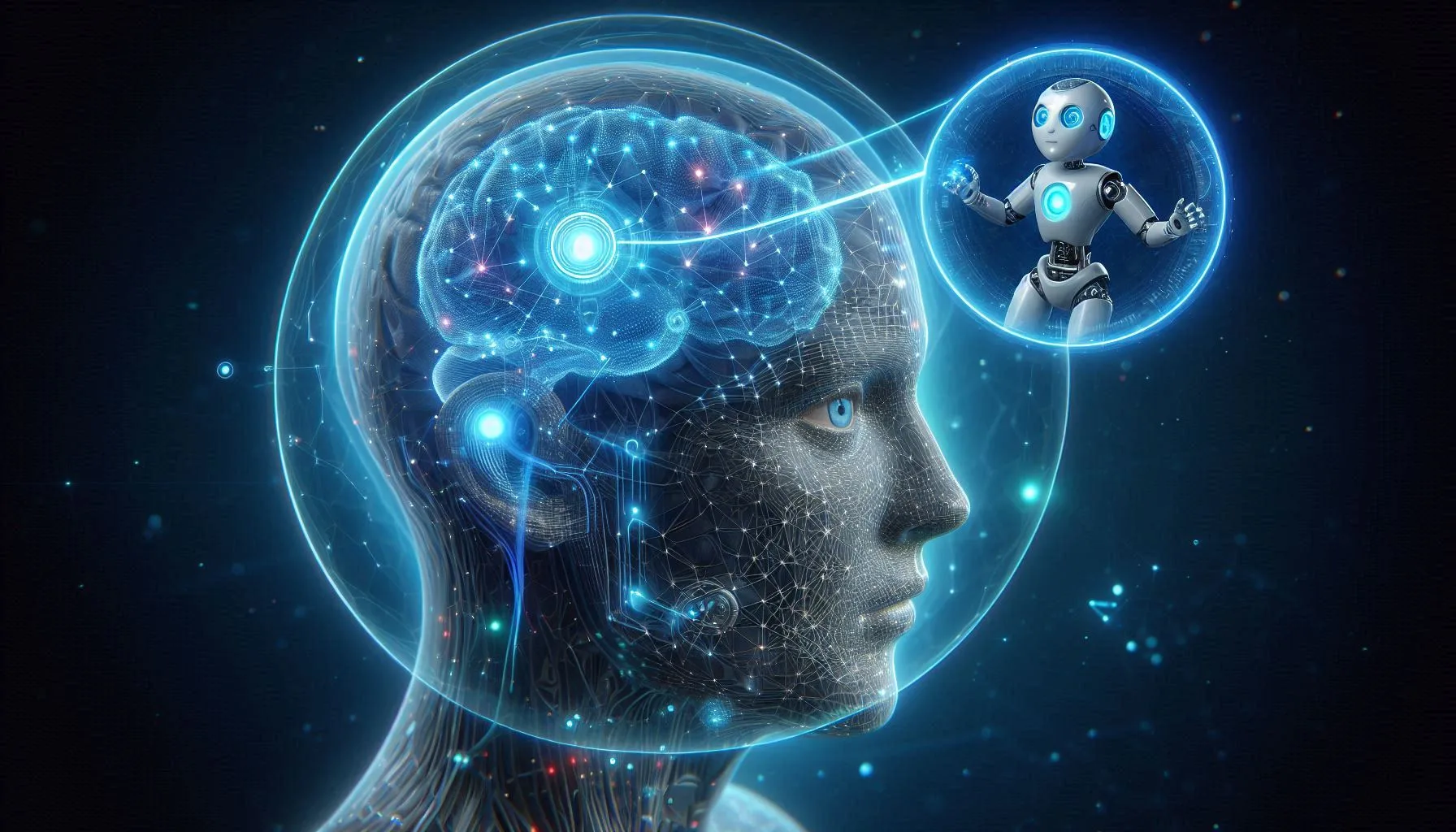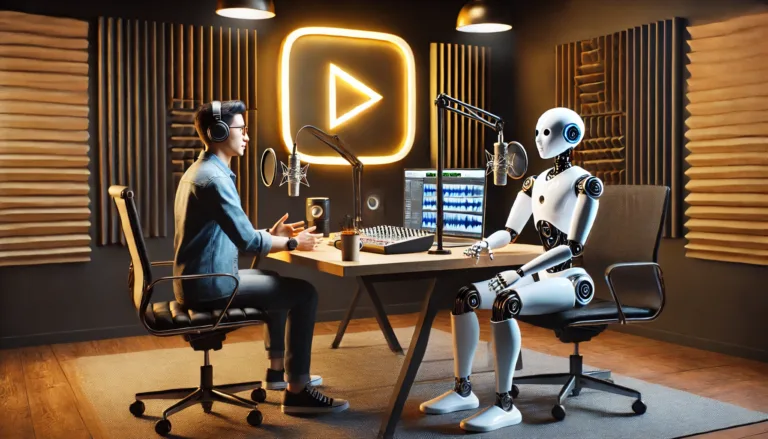As we look toward the horizon of human-technology integration, one name that frequently surfaces is Neuralink. Founded by Elon Musk, Neuralink aims to bridge the gap between human brains and computers using advanced neural interfaces. While still in its infancy, the potential applications are staggering—especially when we consider how artificial intelligence (AI) could enhance this technology. In the near future, AI could play a central role in transforming Neuralink from a medical tool into a device capable of augmenting human cognition. This blog explores how AI could be integrated with Neuralink and what possibilities this synergy offers for both individuals and society.
Understanding Neuralink’s Vision
Neuralink’s primary goal is to treat neurological conditions like Alzheimer’s, Parkinson’s, and spinal cord injuries. By inserting tiny electrodes into the brain, Neuralink could potentially restore motor function, enhance memory, or even treat depression. However, Neuralink is not just limited to medical applications. Its broader ambition is to create a direct link between human cognition and technology. With this interface, the boundaries between human intelligence and artificial intelligence could blur, enabling us to use AI in ways we’ve only seen in science fiction.
To understand how AI could fit into this vision, we need to look at what both technologies excel at. Neuralink focuses on reading and writing information directly to and from the brain, while AI excels at processing, learning, and making decisions based on vast amounts of data. The combination of these two could lead to a new era of cognitive enhancement and human-computer interaction.
The Role of AI in Neuralink’s Development
While Neuralink is already groundbreaking on its own, the addition of AI would make it exponentially more powerful. Here are some ways AI could be integrated with Neuralink technology:
1. Enhanced Cognitive Processing
One of the more exciting prospects of combining AI with Neuralink is the possibility of enhancing human cognitive abilities. AI could act as a cognitive assistant, helping users process information more quickly and efficiently. Imagine a future where you could access vast amounts of data instantly, without the need for external devices like smartphones or computers. AI could help analyze, filter, and present the information you need, exactly when you need it.
For instance, if you’re in a business meeting and need to recall specific sales data, AI could instantly pull the relevant information into your conscious thought. This could make tasks like decision-making, problem-solving, and learning incredibly fast and efficient.
2. AI-Assisted Memory Enhancement
Neuralink could potentially help enhance human memory by recording neural activity and storing that information for later use. However, managing and recalling vast amounts of data could be overwhelming for the human brain. This is where AI comes in. AI algorithms could organize, analyze, and even prioritize memories, allowing users to recall specific information with ease.
For example, imagine needing to recall a conversation from a meeting three months ago. Instead of trying to remember it on your own, AI could retrieve the memory, presenting the key points directly into your mind. This technology could prove invaluable for professionals across all industries, enabling faster learning and improving decision-making processes.
3. Mental Health and Emotional Support
AI is already being used in various forms of mental health treatment, from chatbots offering cognitive behavioral therapy to machine learning models that predict mental health crises. When integrated with Neuralink, AI could take mental health support to an entirely new level. By monitoring brain activity, AI could detect signs of stress, anxiety, or depression before the user is consciously aware of them.
For example, if Neuralink detects elevated stress levels, AI could intervene with calming techniques or even adjust the user’s environment to mitigate the stress. This could be particularly beneficial for individuals dealing with high-pressure jobs or chronic mental health conditions.
The Ethical Considerations of AI and Neuralink
While the integration of AI with Neuralink offers many potential benefits, it also raises several ethical questions. How much control should AI have over our cognitive processes? Could this technology be misused to manipulate thoughts or memories? Privacy concerns are also a significant issue. If Neuralink and AI are constantly monitoring and analyzing brain activity, who owns that data? How can users ensure that their most private thoughts are not exposed or exploited?
Neuralink and AI will also challenge our understanding of what it means to be human. As AI becomes more involved in cognitive functions, the line between natural and artificial intelligence will blur. Some may welcome this development, seeing it as a natural evolution, while others may fear the loss of what makes us uniquely human.
Future Applications of AI-Neuralink Integration
Looking ahead, AI-Neuralink integration could revolutionize multiple industries:
1. Education and Learning
AI-enhanced Neuralink could make learning faster and more personalized. Students could download new information directly into their brains, bypassing traditional study methods. AI could also tailor learning experiences to each student’s unique cognitive style, making education more efficient and accessible.
2. Work and Productivity
In the workplace, Neuralink and AI could make employees far more productive. AI could help manage workflows, schedule tasks, and even solve problems, all within the user’s mind. Imagine a future where you can communicate with AI to automate repetitive tasks or make critical decisions in real-time.
3. Entertainment and Gaming
Neuralink and AI could also transform entertainment, especially in areas like gaming. Imagine playing a game where you control characters with your mind, or where the game adapts to your thoughts and emotions in real-time. (For more on the intersection of AI and gaming, check out our recent post on [AI and Game Creation](https://www.binaryai.world/ai-game-creation).)
AI and Neuralink: A New Era in Human Evolution?
The potential for AI and Neuralink to transform human cognition is vast. From improving mental health to revolutionizing the workplace, this partnership could fundamentally change how we interact with technology—and with each other. However, as with any technological advancement, we must approach this future cautiously. The ethical implications, potential risks, and societal impact of AI-Neuralink integration will require careful consideration.
As Neuralink continues to evolve, one thing is certain: the future of AI and human-computer interaction will be shaped by this groundbreaking technology. The question is not if AI will be integrated into Neuralink but how far we are willing to go in merging our minds with machines.




